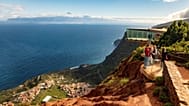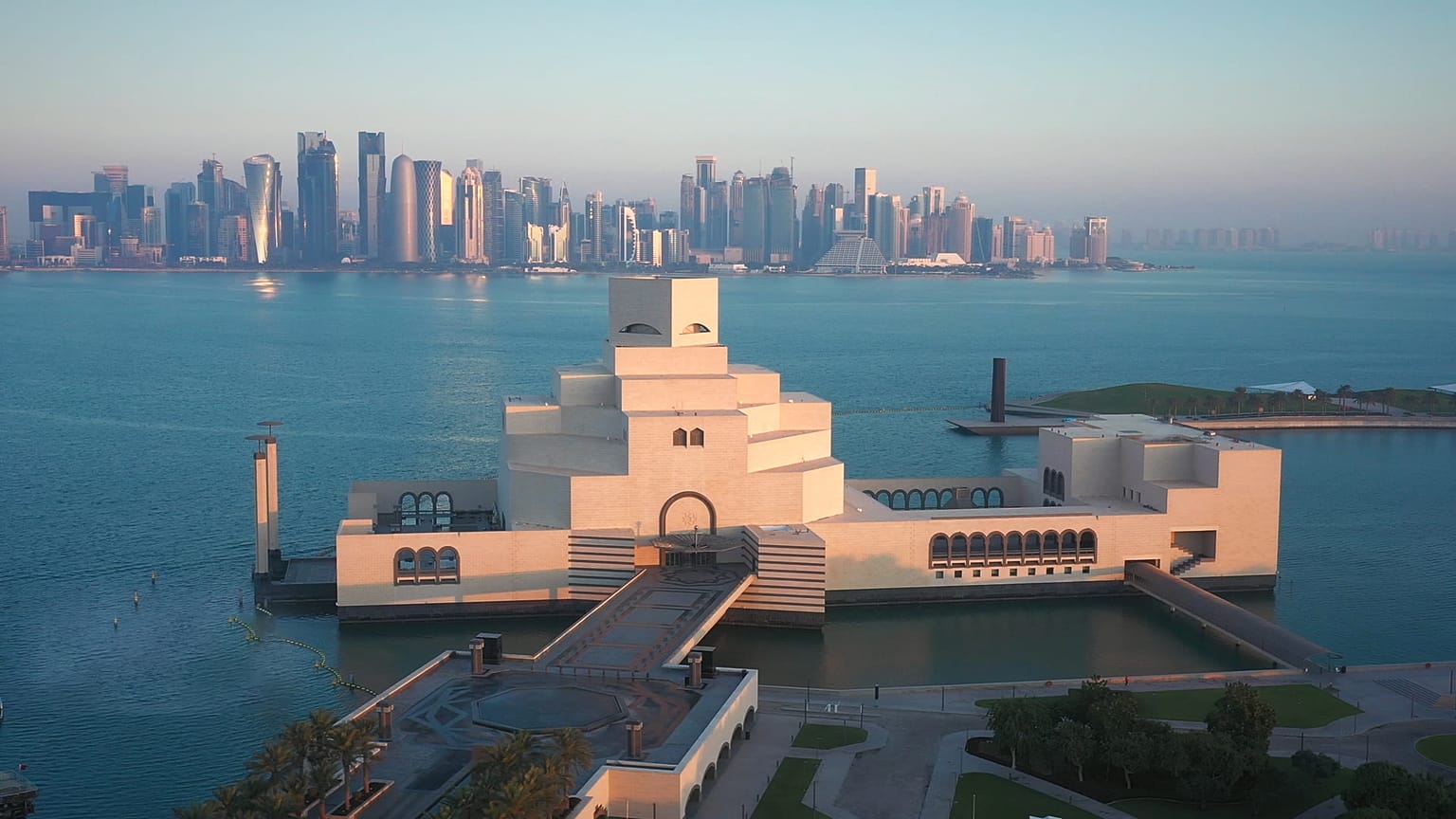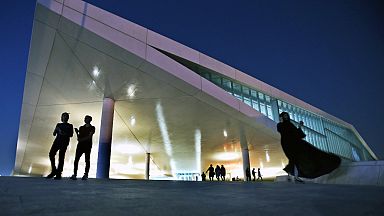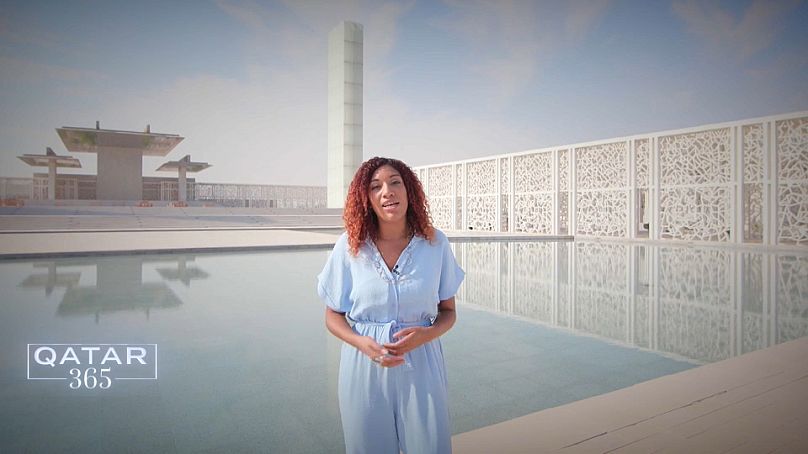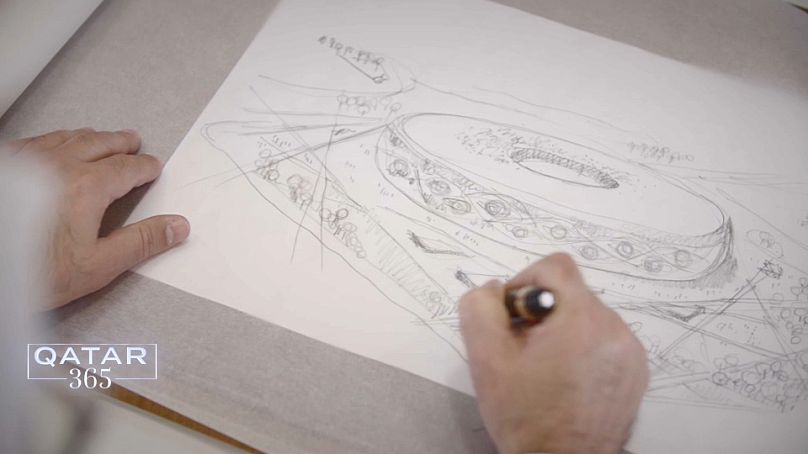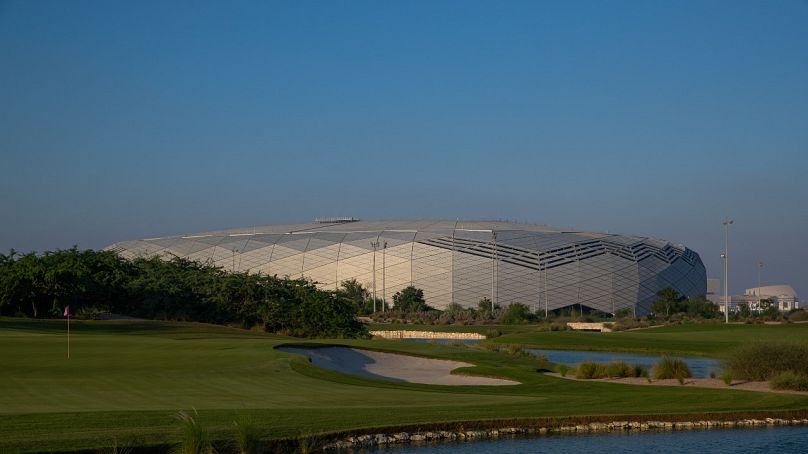From the FIFA World Cup 2022 stadiums to smart cities, we take a look at Qatar’s buildings and what they have to say about the country. We find out how architecture is helping to define the nation’s identity.
Qatar’s architecture incorporates geometric shapes, traditional designs and the country’s landscape. The National Museum of Qatar, for example, looks like hundreds of interlocking discs fitting together to form a desert rose, a natural mineral structure formed in wet sand. It was designed by architect Jean Nouvel who was inspired by the environment from which his creation emerges.
Other world-renowned architects have also designed iconic landmarks in the country, like the Museum of Islamic Art by the late I.M. Pei and the National Library of Qatar by Rem Koolhaas.
Professor of architecture and urbanism at Hamad Bin Khalifa University, Ali Alraouf, says that resources have shifted towards building cultural facilities but still give architects the freedom to create.
Learning through architecture
Education City in Doha, a 12 square kilometre campus housing multiple educational and research institutes, is not just a place of learning. It is also celebrated for its architecture.
Senior Architect of Qatar Foundation Capital Projects Directorate, Nur Alah Abdelzayed Valdeolmillos, says, "All of the buildings inside the campus have principles and concepts respecting the environment and taking from the culture." Geometric patterns decorate the buildings weaving traditional Islamic architecture and culture across the campus. Qatar Foundation’s Ceremonial Court, one of the structures in education city, is an open-air space created by the award-winning Japanese artist Arata Isozaki.
Top Qatari architect
Qatari architect Ibrahim Al Jaidah has designed some of the most iconic buildings in Doha and internationally.
But his most recent project is Al Thumama Stadium for the upcoming FIFA World Cup Qatar 2022. He wanted to create something that reflects Qatar’s culture, so he based the stadium on the mens’ traditional headgear called the "ghafiya".
Innovative stadium designs
The architectural design of the stadiums had to be smart, flexible and with high desert temperatures, eco-cooling technology was a must.
Ras Abu Aboud, is completely demountable, constructed with modified shipping containers.
Qatar's futuristic city of Lusail will boast the tournament’s biggest venue featuring traditional lantern and bowl designs.
Al Bayt stadium resembles a traditional Arab tent, and Al Janoub stadium, inspired by the sails of a traditional dhow boat with its aerodynamic shape, was designed by the late Zaha Hadid.
Yet others have been refurbished or incorporated recycled materials.
Smart cities
Msheireb is the world’s first sustainable downtown regeneration project, a modern adaptation of Doha’s old commercial district. It’s made up of more than 100 buildings - museums, hotels, malls, restaurants, theatres and Doha Design District.
There are more than 5000 solar panels on roofs, specialised cooling technology, and a battery-operated tram runs daily. The streets are designed to shade pedestrians from the sun.
Msheireb’s Shaikha Al Sulaiti believes the city, and its design district will position the country as a creative hub for the region, "Every element of the city has been designed. I’ve been working on this project for over a decade and still when I walk down the streets I always find a new detail to admire."
Details that set Msheireb apart and, in the process, contribute to the country’s architectural language.




